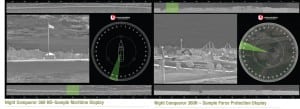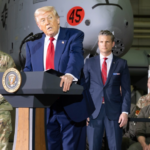
L-3 Communications’[LLL] Cincinnati Electronics (L-3CE) unit is launching its new NightConqueror 360-Degree High Definition Infrared (IR) Sensor System (NC 360HD) providing 360-degree IR video from a single high-definition camera here at the Association of the United States Army annual conference. “It’s important to have the 360-degree panoramic field of view for any users or operators who need panoramic situational awareness--something that a traditional IR or visible spectrum camera cannot accomplish,” said Stephen Schmidt, business development manager, L-3 CE. For example,…













